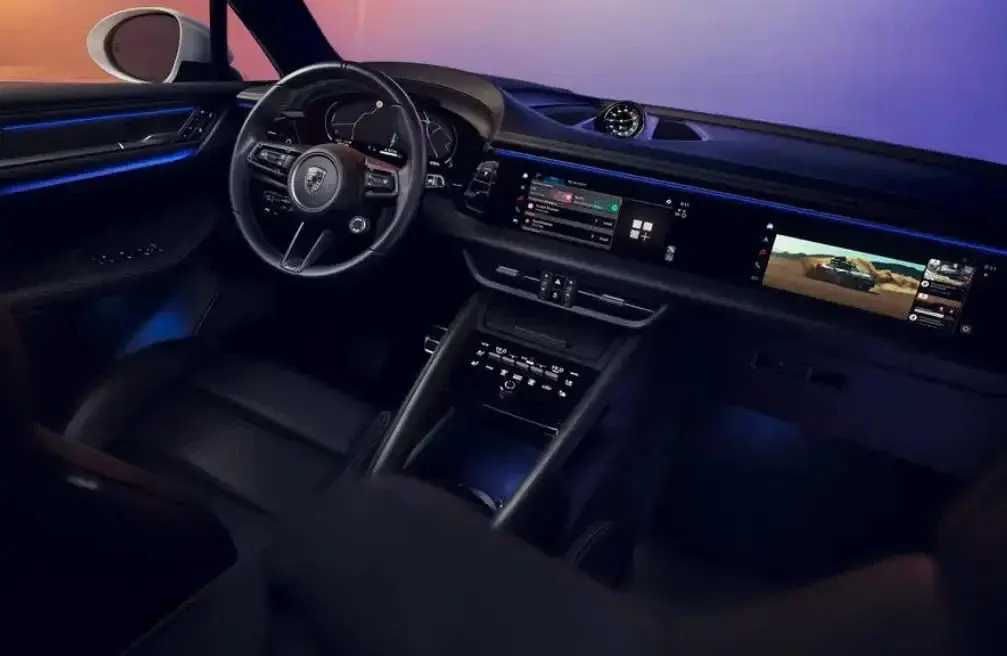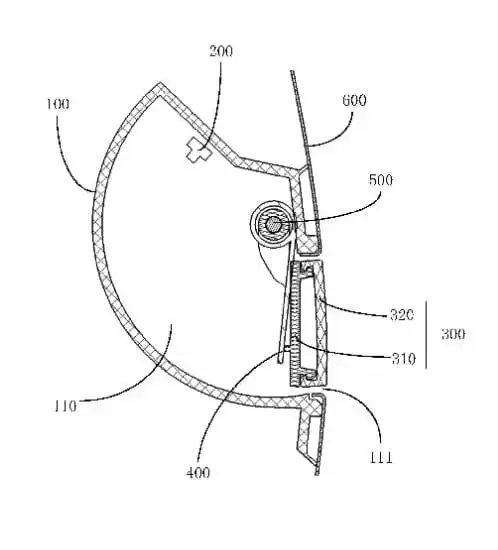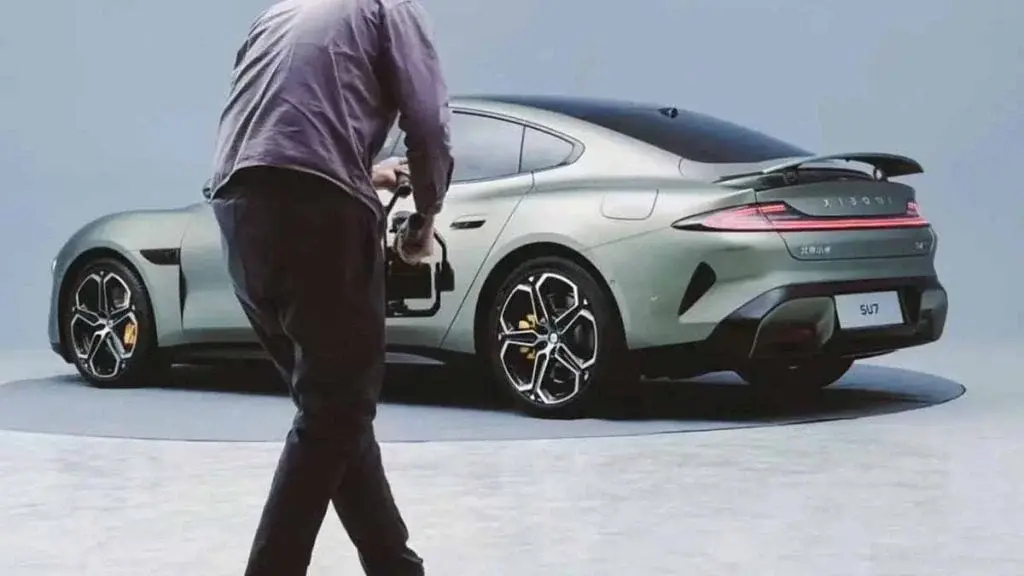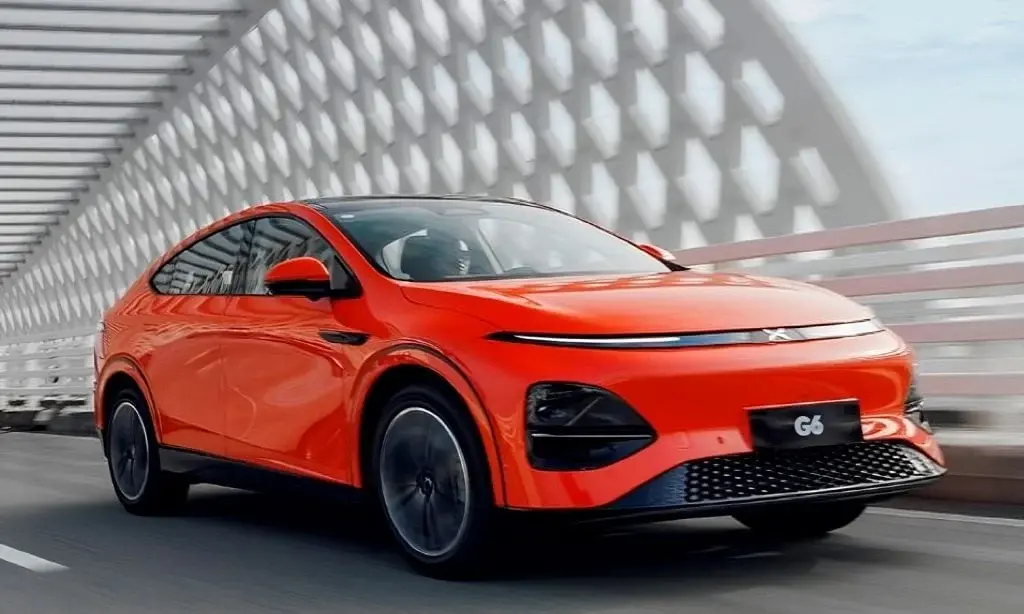A groundbreaking venture has made its mark in Changchun, Jilin Province, as the first phase of the FAW Fudi New Energy Power Battery Project rolls into action. This project, born from the collaboration between China FAW Group Co., Ltd. and BYD Co., Ltd., signifies a bold step into the future of new energy vehicles, setting the stage in the Changchun Automobile Economic and Technological Development Zone. What makes this venture stand out is not just its location—it’s the pioneering spirit that underpins the first strategic base for new energy vehicle power batteries in Northeast China.
First Phase of FAW Fudi New Energy Power Battery Project
The project has a huge budget of 18 billion yuan
Established in early 2022, FAW Fudi New Energy Technology Co., Ltd. sprawls over 370,000 square meters, boasting a construction space that nearly matches its vast area. With an ambitious budget of 18 billion yuan, the project’s sights are set high, aiming for a staggering 45GWh production capacity across three phases. Each phase is designed to contribute 15GWh, powering the drive towards innovation and sustainability.
BYD’s Cutting-Edge Blade Battery Technology
The initial products emerging from this powerhouse are set to electrify the market, equipped with BYD’s cutting-edge blade battery technology. This innovation promises a triple threat of safety, endurance, and longevity, tackling the common challenges faced by power batteries head-on. The design philosophy here is clear: efficiency and integration without compromising on module flexibility.
Impressive Sales Figures and Future Products
January’s figures speak volumes about the momentum behind this initiative, with FAW Hongqi’s sales skyrocketing by 82.9% year-on-year. The spotlight shines brightly on Hongqi’s new electric jewels, the EH7 sedan, and EHS7 SUV, both poised to redefine medium and large electric vehicles. Despite sourcing batteries from CATL and FAW for these models, the venture’s future products promise to bring something fresh to the table.









